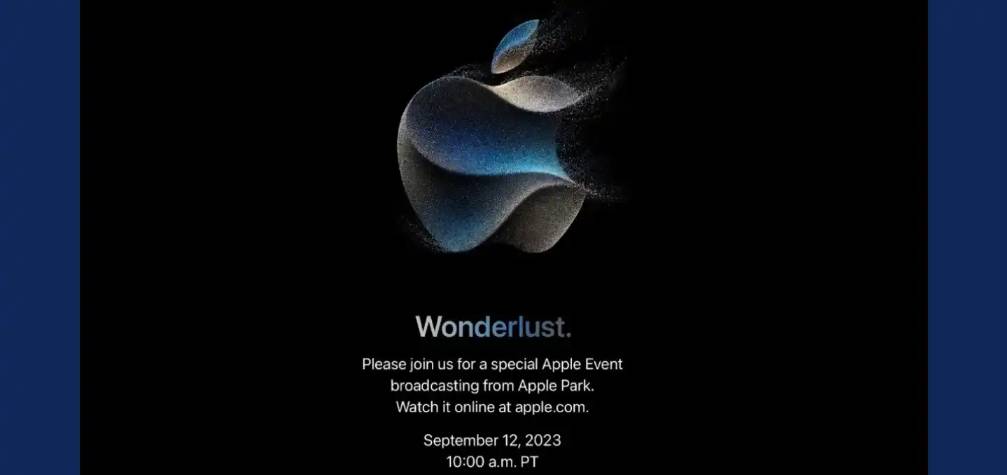The Rise of International Cinema: What to Watch
4 min read
02 Sep 2025
International cinema has gained significant recognition and popularity in recent years, with films from across the globe captivating audiences and critics alike. The rise of international cinema reflects a broader appreciation for diverse storytelling, unique cultural perspectives, and innovative filmmaking techniques. This article explores the growing influence of international cinema and highlights some must-watch films from various countries that showcase the best of global filmmaking.
1. “Parasite” (South Korea, 2019)
Directed by Bong Joon-ho, “Parasite” made history as the first non-English language film to win the Academy Award for Best Picture. The film offers a sharp social commentary on class disparity through the story of a poor family that cunningly infiltrates the lives of a wealthy household. Bong Joon-ho’s masterful direction, combined with a gripping narrative and strong performances, makes “Parasite” a landmark film in international cinema. Its success has paved the way for greater recognition of Korean cinema and other international films.

2. “Amélie” (France, 2001)
Jean-Pierre Jeunet’s “Amélie” is a whimsical and heartwarming film that has become a classic of French cinema. Starring Audrey Tautou as the titular character, Amélie, the film follows her journey to improve the lives of those around her while grappling with her own sense of loneliness. The film’s enchanting visual style, imaginative storytelling, and charming performances have made it a beloved favorite worldwide. “Amélie” showcases the unique flair of French cinema and its ability to create memorable and endearing characters.
3. “City of God” (Brazil, 2002)
“City of God,” directed by Fernando Meirelles and Kátia Lund, is a powerful and gritty depiction of life in the slums of Rio de Janeiro. The film follows the lives of two boys who take different paths in the violent world of organized crime. With its dynamic cinematography and raw storytelling, “City of God” provides a visceral look at social issues and the impact of violence on communities. The film received international acclaim for its compelling narrative and is a prime example of the vibrant storytelling found in Brazilian cinema.
4. “Crouching Tiger, Hidden Dragon” (China/Taiwan, 2000)
Ang Lee’s “Crouching Tiger, Hidden Dragon” is a visually stunning martial arts epic that brought Chinese cinema to global prominence. The film combines breathtaking action sequences with a poignant story of love, honor, and betrayal. Featuring extraordinary choreography and a richly woven narrative, it won several Academy Awards, including Best Foreign Language Film. “Crouching Tiger, Hidden Dragon” represents the elegance and depth of Chinese cinema and its ability to blend traditional elements with contemporary storytelling.
5. “Run Lola Run” (Germany, 1998)
Tom Tykwer’s “Run Lola Run” is a fast-paced and inventive film that explores the concept of chance and the impact of seemingly minor decisions. The film follows Lola, played by Franka Potente, as she races against time to save her boyfriend from a dangerous situation. With its innovative narrative structure and energetic style, “Run Lola Run” exemplifies the creativity and boldness of German cinema. The film’s unique approach to storytelling has influenced numerous filmmakers and remains a standout example of international filmmaking.
6. “The Intouchables” (France, 2011)
Olivier Nakache and Éric Toledano’s “The Intouchables” is a heartwarming comedy-drama that explores the unlikely friendship between a wealthy quadriplegic and his caregiver from a working-class background. The film’s touching narrative, combined with the charismatic performances of François Cluzet and Omar Sy, has made it one of France’s highest-grossing films. “The Intouchables” demonstrates the power of cinema to bridge social gaps and highlight the universal themes of human connection and resilience.
7. “Spirited Away” (Japan, 2001)
Hayao Miyazaki’s “Spirited Away” is a critically acclaimed animated film that showcases the magic and creativity of Japanese animation. The film follows a young girl named Chihiro who becomes trapped in a mysterious and enchanting world. With its imaginative storytelling and stunning animation, “Spirited Away” won the Academy Award for Best Animated Feature and remains a beloved classic in global cinema. Miyazaki’s work continues to influence and inspire audiences and filmmakers around the world.
8. “In the Mood for Love” (Hong Kong, 2000)
Wong Kar-wai’s “In the Mood for Love” is a visually stunning and emotionally resonant film that captures the essence of unfulfilled love. Set in 1960s Hong Kong, the film explores the relationship between two neighbors who develop a deep emotional connection while dealing with their own personal struggles. The film’s lush cinematography, evocative score, and subtle performances make it a standout in Hong Kong cinema. “In the Mood for Love” has received widespread acclaim for its artistic achievements and is considered a modern classic.
9. “A Separation” (Iran, 2011)
Asghar Farhadi’s “A Separation” is a compelling drama that delves into the complexities of family life and social issues in contemporary Iran. The film follows a couple going through a divorce and the impact it has on their family and those around them. With its nuanced portrayal of moral dilemmas and personal conflicts, “A Separation” received numerous awards, including the Academy Award for Best Foreign Language Film. The film’s insightful storytelling and rich character development highlight the strength of Iranian cinema.
10. “The Lives of Others” (Germany, 2006)
Florian Henckel von Donnersmarck’s “The Lives of Others” is a gripping drama set in East Germany before the fall of the Berlin Wall. The film explores the life of a Stasi officer who becomes emotionally involved in the lives of the people he is surveilling. With its intense narrative and powerful performances, the film received widespread acclaim, including the Academy Award for Best Foreign Language Film. “The Lives of Others” is a poignant reminder of the impact of political regimes on personal lives and the power of storytelling to reflect historical truths.
In conclusion, the rise of international cinema has broadened the scope of film appreciation and provided audiences with diverse perspectives and innovative storytelling. These films not only offer a glimpse into different cultures but also showcase the universal themes and emotions that connect us all. By exploring these must-watch international films, viewers can gain a deeper understanding of global cinema and its growing influence on the world stage. Whether through breathtaking visuals, compelling narratives, or cultural insights, international cinema continues to enrich our cinematic experiences and expand the boundaries of storytelling.


